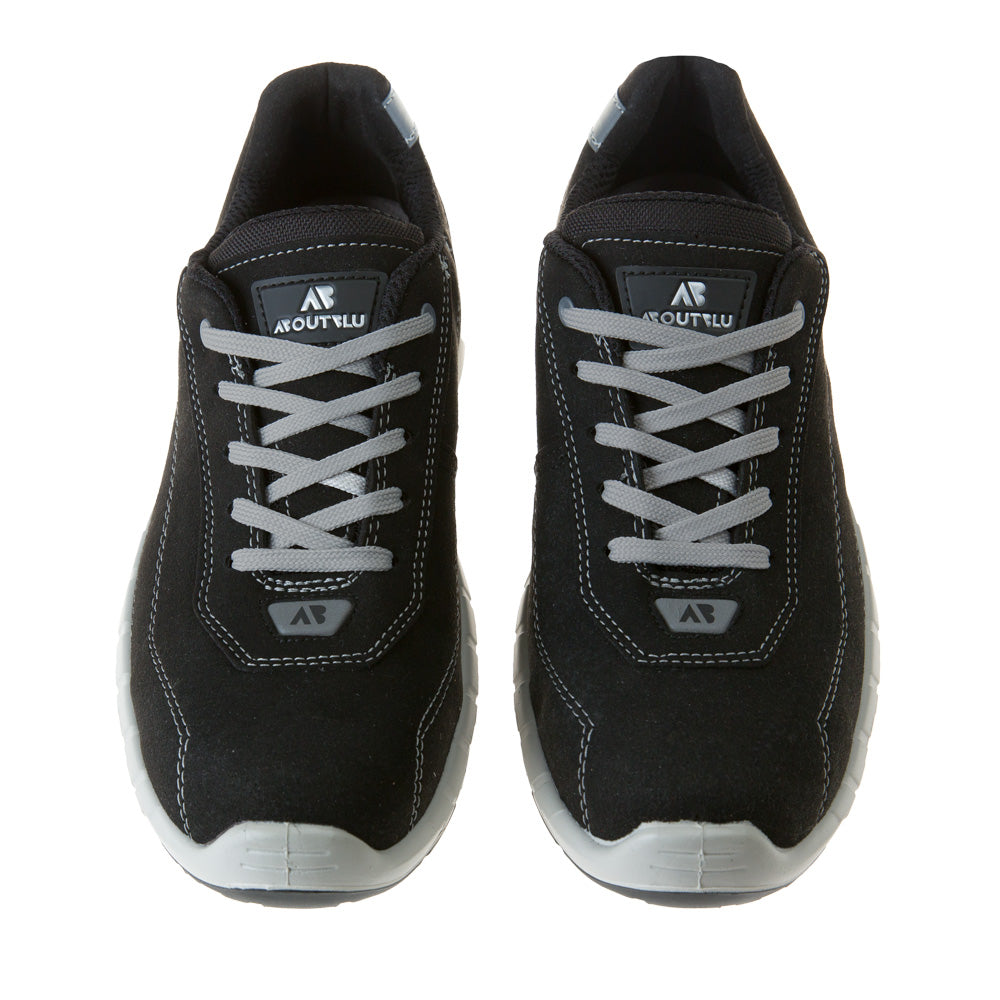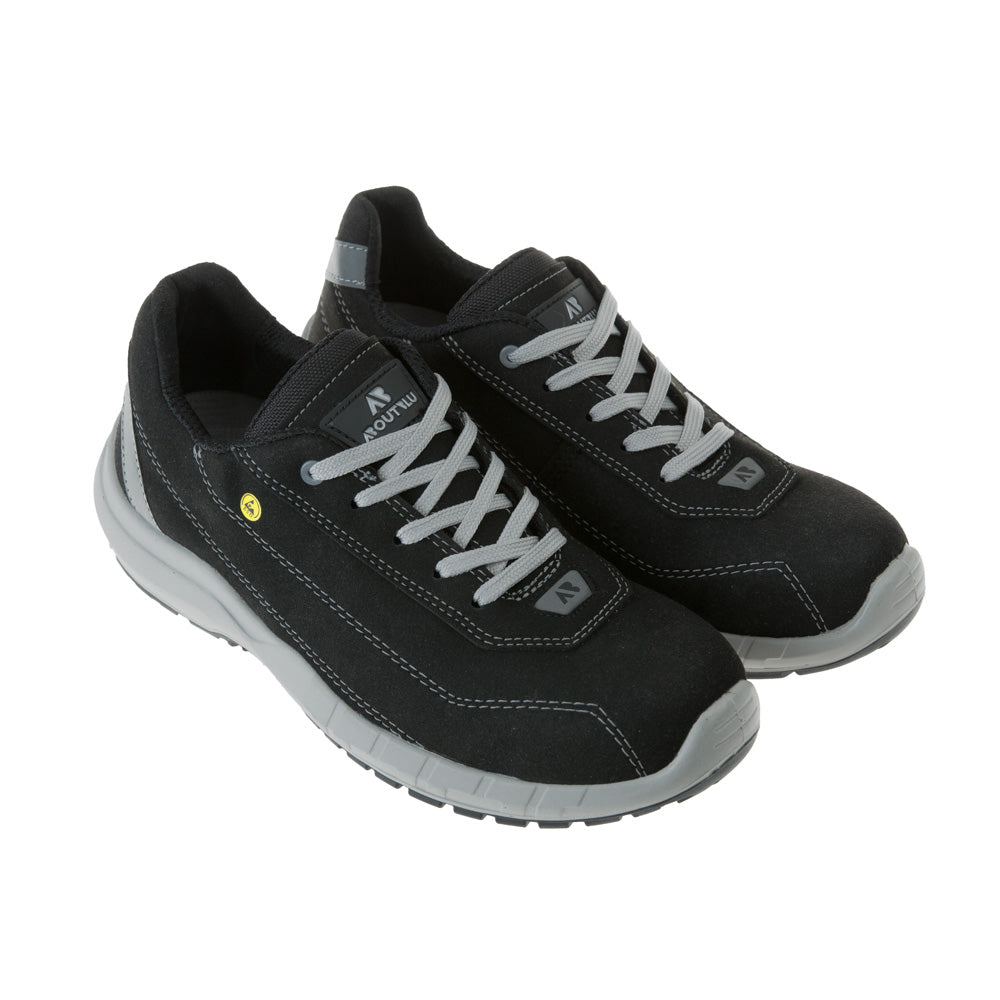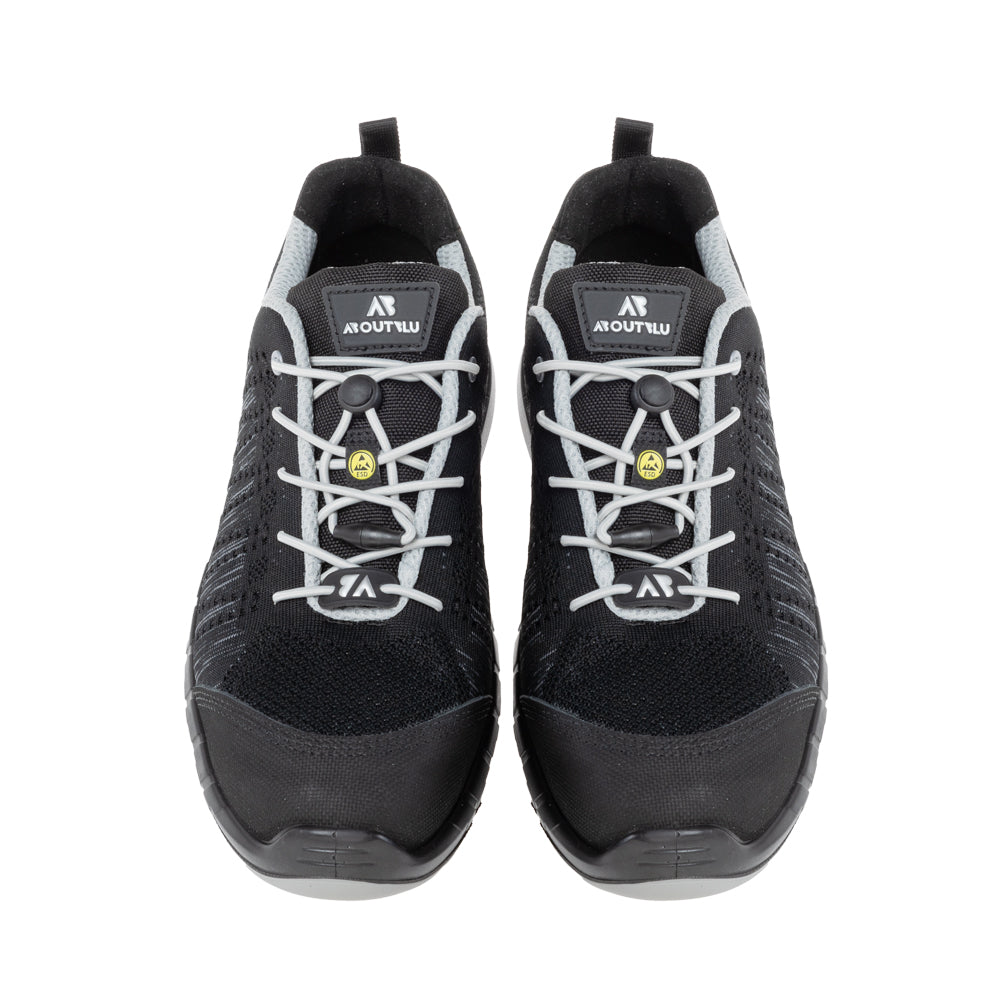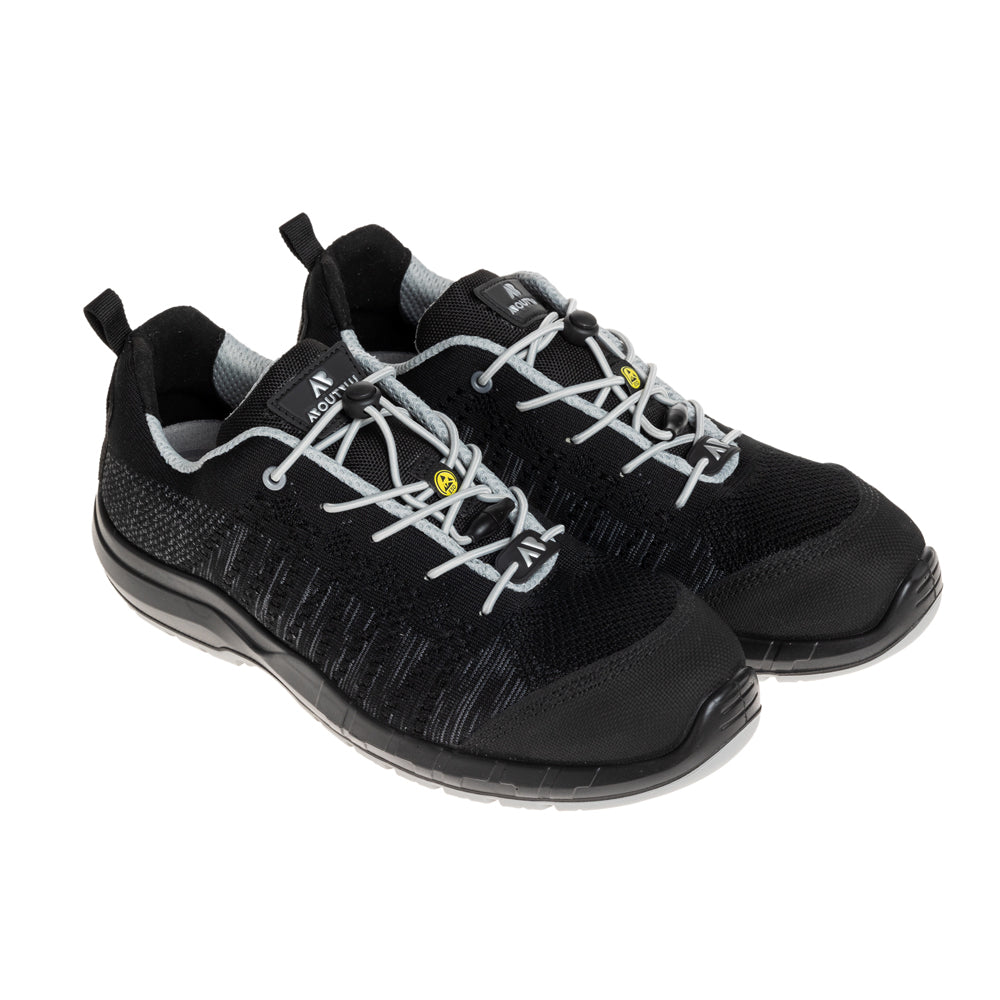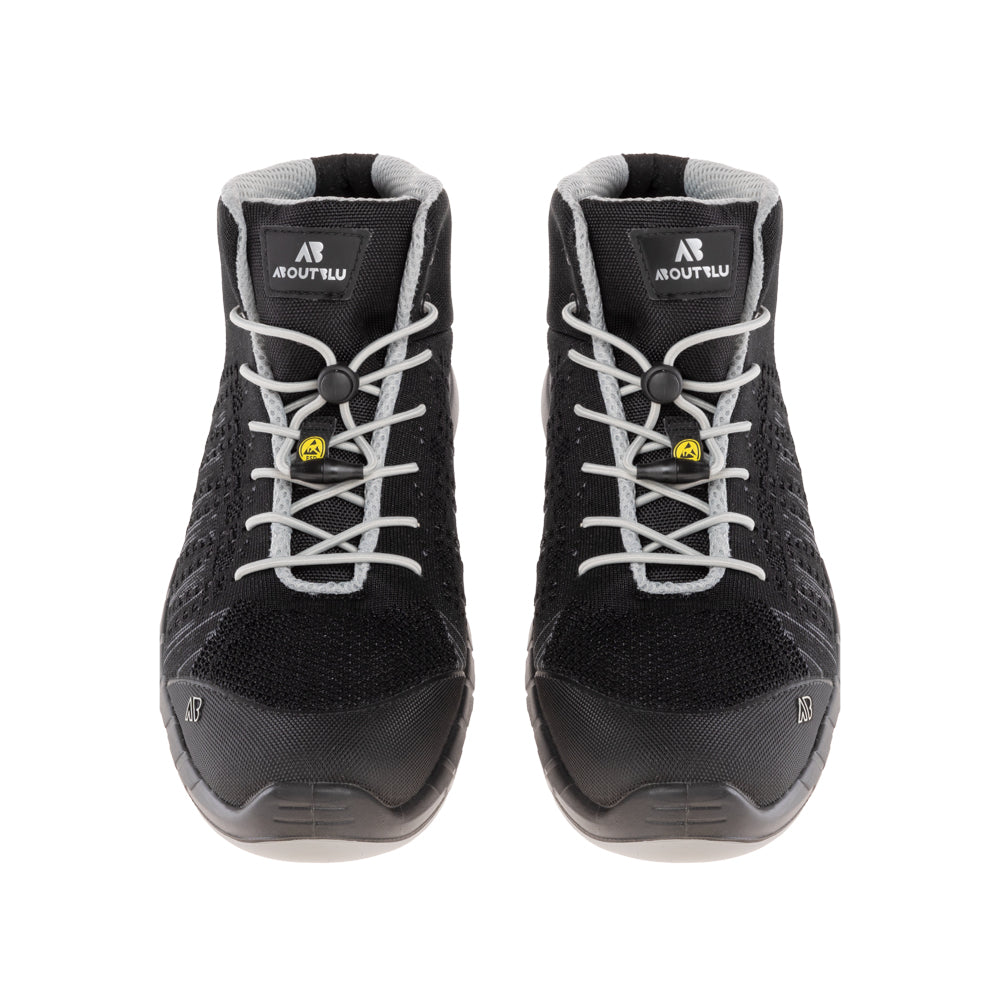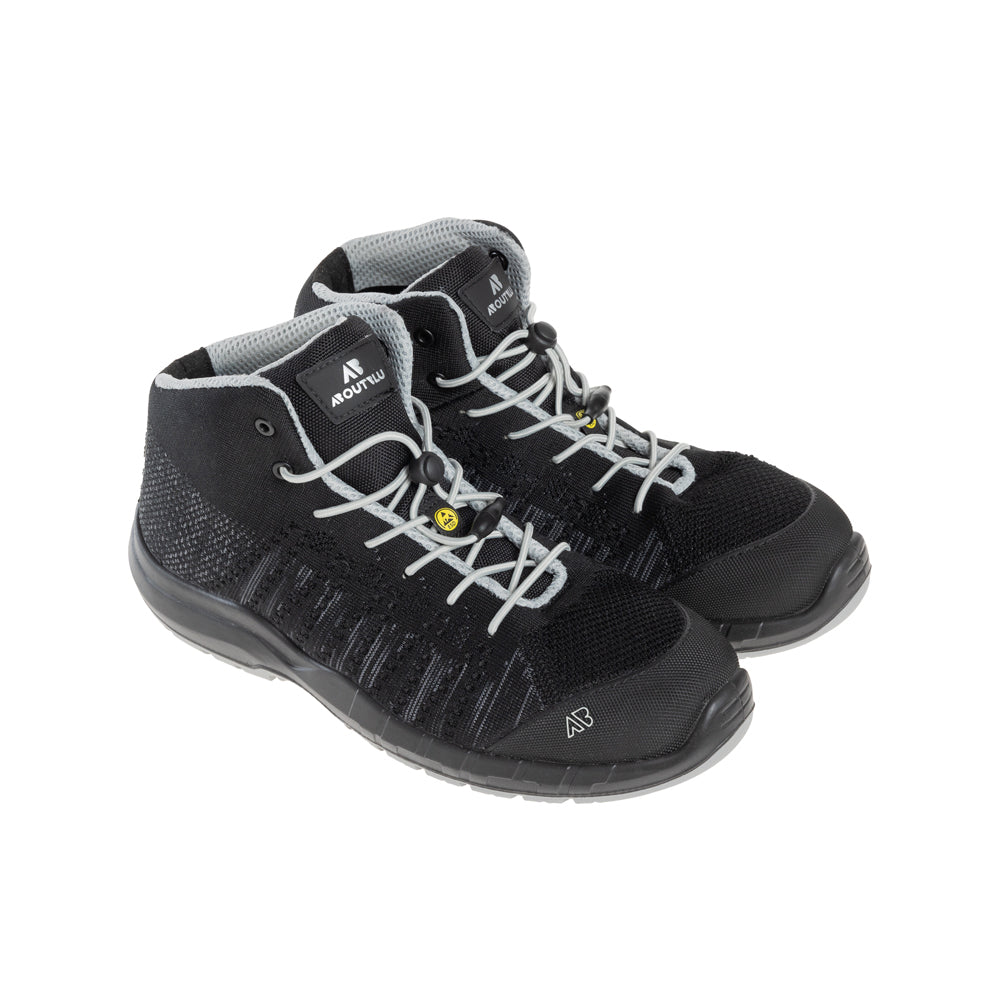Open the cabin door just before first light and you can read the day in the vests. One is bright enough to wake the room. Another is a bit grey at the seams. Tape scuffed. Closures tired. People will grab whatever is closest and head for the yard. That tiny choice matters, because visibility is not style. It is how you stay seen when vans swing and plant moves. If you searched for hi vis vest maintenance UK and want a practical routine that keeps kit safe, legal and ready, this is the plan.
The aim is simple. Keep colour bright and tape reflective. Wash in a way that protects both. Store where sunlight and grime cannot undo your work. Inspect without fuss. Replace when performance drops or the label says time is up. Do that and the grumbles fade. So does the risk.
Before we dive into care, two quick product notes for busy buyers. If you need a straight vest that workers actually wear, the Pro RTX Hi Vis Waistcoat is a firm favourite for teams that want simple fit and crisp colour. If you prefer extra pockets for radios and cards, the Pro RTX Hi Vis Executive Waistcoat tidy-ups daily life on site. And for crews that work hard and knock kit about, the Blackrock Premium Hi Vis Waistcoat gives you that sturdier hand without feeling heavy. You can see the full range here when you are speccing sizes and colours across the team: shop hi vis vests.
First principles that keep you honest
A good vest starts with three things you can check in seconds.
One, the garment meets a recognised high visibility standard for workwear. The label tells you that story in plain markings.
Two, the class on that label suits the task and the risk. Busy traffic or poor light often calls for more background and more tape.
Three, the manufacturer declares a maximum wash count. Treat that number as your end stop for scheduled replacement, even if the vest looks fine at a quick glance. It is the simplest way to avoid quiet drift from safe into maybe.
Keep a new control vest in a bag on the wall. Use it as your reference for colour and tape checks. It costs pennies and saves arguments.
Washing rules that protect brightness and tape
Two parts of a vest fail first. The fluorescent colour and the retroreflective tape. The colour hates harsh chemistry and bleaching agents. The tape does not enjoy high heat, high alkalinity or rough handling in the drum. A kinder wash protects both.
What kind of kinder are we talking about. Warm water rather than very hot. A quality detergent without chlorine. No fabric softener, because that waxy finish can sit on the tape and dull the return. Close hook and loop and zips before the wash so they do not act like sandpaper. Turn the vest inside out. Wash similar garments together so the tape is not battered by hard trims on other workwear.
Stains happen. Oil, asphalt and general site grime can laugh at the first pass. Pre treat the mark with an approved product that avoids chlorine. Work gently. Do not scrub the tape with abrasive pads. Patience here adds months of useful life later.
A word on mixed loads. Many laundries run mixed workwear on sturdy settings. Vests are light. If you bake them, the tape pays the price. Keep temperatures modest, extend time a touch if you must, and let chemistry do the work. The aim is clean and bright, not cooked.
Drying and finishing that avoids scorch
Tumble on low. Stop as soon as the vest is dry. If you are finishing for a smart handover, avoid pressing directly on the reflective strips. Use a protective cloth for the background fabric if you must tidy a crease. Less heat, more care. Tunnel finishing is kinder than a hot plate but the same rule applies. Gentle wins.
You will know you pushed heat too far if the tape picks up a glassy shine or shows fine cracks the next day. Once it goes that way, it rarely comes back. Better to nudge the cycle down and live with a minute longer than to save a minute and lose a month.
Storage that does not quietly undo the wash
Sunlight fades fluorescent colour. Diesel and solvent fumes do no favours either. The cheap fix is a clean rail in a shaded corner of the cabin, or covered storage in the van. Do not leave clean vests on a windowsill or on top of tins. When kits are shared, label rails and give each team a pocket of space. It looks simple. It is culture in disguise.
If you rotate kit, keep a small bin or tote marked clean to site so the person grabbing vests on a wet morning is not fishing under wet coats and half empty gloves. Order is kindness on a busy shift.
The two minute inspection that catches most faults
You do not need a lab. You need consistent eyes and a short list.
-
Colour check. Hold the vest next to that new control sample. If it looks dull or grey beside it, retire it.
-
Tape check. Look for cracked segments, lifted edges, deep scuffs or peeling. If the tape is broken, it cannot do its job.
-
Structure check. Seams, shoulders, hems and closures. If the hook and loop barely clings or the zip sticks, it is time.
-
Label check. If the care label and standard marking are unreadable, you lose traceability. That matters if someone asks hard questions later.
-
Wash life check. If your records say the garment is at its declared limit, call it done. No guilt required.
For higher risk work, add a quick night sense check once a month. Hang the vest at chest height in a dim space and shine a torch from driver eye level ten metres away. If the tape barely pops, you have your answer. Not a formal test, but honest.
When to replace, with zero debate
Replacement is not just about looks. Use these triggers and you will keep users safe and supervisors calm.
-
You reach the maximum number of washes declared on the label. That is a scheduled stop.
-
The fluorescent colour is visibly faded compared with your control sample.
-
The retroreflective tape is cracked, lifting, patched with glue, or stained in a way that will not clean off.
-
The garment no longer fits the worker or the tasks. Close traffic, poor weather or night work may ask for a higher class or longer coverage.
-
Any doubt in a live environment. If someone says I cannot see you, believe them.
When you do replace, recycle the fabric where possible and keep one retired vest as a permanent control sample in your cabin. It becomes a useful teaching piece for new starters.
A short policy that people actually follow
Policies that work are short, clear and within arm’s reach of the rail.
-
We only buy certified vests at the right class for the job.
-
We wash warm, close fastenings, inside out, no bleach, no softener.
-
We store clean vests on a shaded rail or in covered bins, away from fumes and sunlight.
-
We inspect weekly. If colour is dull, tape is damaged or labels are unreadable, we replace.
-
We retire vests at the label wash limit. Records are kept with the kit list.
Stick that list next to the time clock and beside the laundry area. Then do the small, boring work of keeping it true. That is how habits form.
Buying notes for the person with the card
Write your spec in plain English and put the standard and class up top. Ask for the declared wash life and approved care. If you use an industrial laundry, tell the supplier your process and confirm that the tape and fabric are approved for those conditions. Choose models that suit the day, not the catalogue photo.
Here is a simple way to kit out a mixed crew without overthinking it.
-
A straight, reliable vest for general use across the site. The Pro RTX Hi Vis Waistcoat covers most people and most tasks with good visibility and easy fit.
-
A vest with storage when people carry radios, permits and ID. The Pro RTX Hi Vis Executive Waistcoat keeps the small bits where they should be.
-
A sturdier option for crews who work in rough conditions or lean on fences all day. The Blackrock Premium Hi Vis Waistcoat holds its own when life is hard on fabric.
-
Need sizes or colours across departments. Keep it simple and order from one place so you can control shade, tape style and fit. Here is the full range when you are building the list for next month: shop hi vis vests.
A small stock tip. Keep two spare sizes at each end of your normal run. People change layers with the seasons. A vest that fits over winter jackets gets worn. A vest that fights its way over a fleece ends up on a hook.
The quick care checklist you can print
-
Close hook and loop and zips before washing. Turn inside out.
-
Warm wash with neutral detergent. No bleach. No softener.
-
Tumble on low. Do not iron over reflective tape. Stop when dry.
-
Store clean garments on a shaded rail or in covered bins.
-
Inspect weekly against your control sample. Retire at the label wash limit or sooner if tape or colour fails.
-
Record wash cycles and replacements on a single sheet. Keep the sheet where someone can actually find it.
The human bit that makes it stick
People wear what fits and what does not annoy them. Keep a mirror by the rail so they can check straps and labels. Replace tired kit on the spot rather than starting a paper chase. Add a tiny dab of pride with a neat, clean rail that looks obvious on the way to site. When kit is easy to grab and clearly looked after, it gets used.
And yes, story matters. The quiet kind. The one where a driver catches a flash of tape on a wet night and stops a touch earlier. The one where a new starter sees how things are done by the rail rather than a lecture in a meeting room. The one where you bin a dull vest without fuss and nobody asks why, because the standard is clear to everyone.
Before you hang the last vest back up
End of shift. The cabin is quiet. You wipe a mark off a panel, close the rail and watch the tape catch the doorway light. No speeches needed. Just the small promise that whoever grabs that vest at first light tomorrow will be seen. That is the whole point of care. Not gold stars. Not box ticking. Visible people going home in one piece.
If you want this turned into a one page wall chart and a five minute toolbox talk, say the word and I will shape it to your laundry process, your rota and the exact models you stock. In the meantime, if you need to replenish sizes or add an executive style, you can do it in a couple of clicks right here with your preferred supplier
Shop hi vis vests
Blackrock Premium Hi Vis Waistcoat
Pro RTX Hi Vis Executive Waistcoat
Pro RTX Hi Vis Waistcoat





